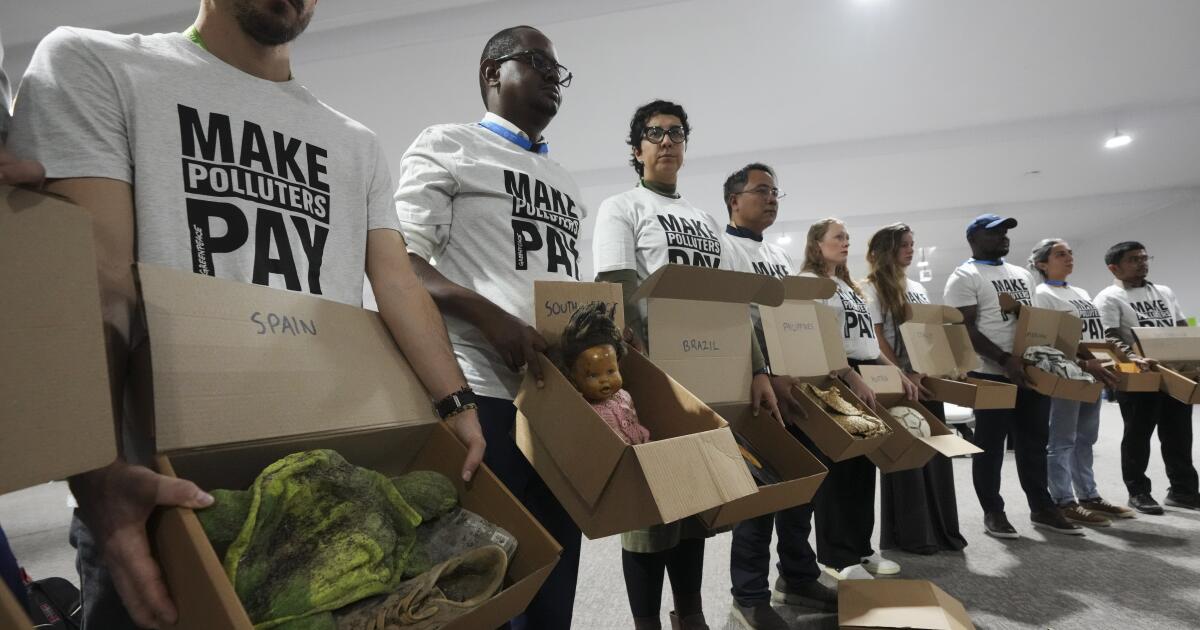On July 22, a heartwarming story hit Los Angeles: a group of dedicated volunteers spent their Saturdays painting crosswalks near Stoner Park in Sawtelle. My friend Jonathan Hale led the charge after seeing some close pedestrian calls, inspired by other DIY efforts. But just three days after this civic action got media attention, the Los Angeles Department of Transportation (LADOT) removed those crosswalks.
You might wonder why LADOT acted so quickly. It wasn’t due to shoddy work; Hale had carefully followed the regulations, and even a City Council member’s representative remarked how nice it looked. Legally, every stop-sign intersection in California is already a crosswalk, with or without paint, so the volunteers were just making that visible.
One concern mentioned was potential lawsuits under the Americans With Disabilities Act, requiring official crosswalks to include curb ramps. But, as former official Diego de la Garza said, LADOT sticks to thorough processes, also considering lighting, signals, and speed limits. He feels a painted crosswalk alone gives a false sense of safety. Basically, LADOT took them down because they can’t just make a single improvement; they must explore a range of options.
For those familiar with Los Angeles, this isn’t shocking. Scholars often evaluate governments by “state capacity” — managing finances, maintaining order, and delivering public services. Los Angeles, unfortunately, is known for ambitious plans that falter due to inefficient processes. Take former Mayor Eric Garcetti’s goals: 28 transit projects by the 2028 Olympics, no traffic deaths by 2025, and ending homelessness by 2028.
Now, only four of those transit projects are done. Traffic deaths jumped from 186 in 2015 to 337 in 2023. Of the $1.2 billion raised to build 10,000 homeless units, only 5,597 are completed. Since 2018, unsheltered numbers have shot up 17.8% to 26,972.
These setbacks clearly show our local government struggles to deliver effectively and swiftly. Look at the Vermont Transit Corridor plan — it could have been ready by 2028, but the Metro board halted it to consider a rail line, lacking funding, due to vague equity concerns.
Or think about sidewalks. Simple repairs often face a two-year delay in planning and contracts, causing wait times up to 10 years. It’s no wonder Arnold Schwarzenegger patched a pothole himself in Brentwood a couple of years back.
Proposition HHH’s homeless housing projects average three to six years for completion, or even 18 years with legal challenges.
This is why those crosswalk painters took matters into their own hands: They wanted action, not bureaucracy. Fortunately, after public outcry, the city repainted them a week later, realizing ADA compliance shouldn’t always be top priority. Since 2020, L.A. has paid significantly more on infrastructure liability claims than ADA lawsuits.
But without deeper reforms, don’t expect more from the city soon. Emails reveal LADOT rejecting street improvements due to recent budget cuts and lack of staff for “traffic control device” studies. Instead of streamlining, L.A. throws up its hands, saying, “No more crosswalks!”
Compare this to Pennsylvania Gov. Josh Shapiro quickly fixing a freeway or Indiana’s Mitch Daniels slashing BMV visit times. After the 1994 earthquake, the Santa Monica Freeway reopened in under three months. And with enough public pressure, even LADOT can repaint crosswalks swiftly.
L.A. should streamline and boost state capacity to make doing good easier, prompting political change. Moderates need to face reality, and progressives should aim to fix existing systems before chasing lofty goals.
Most importantly, we need more citizens like those Stoner Park volunteers, ready to push for change with action and votes.
Thomas Irwin is an economic development pro at a nonprofit in L.A. and a housing organizer with faith-based and community coalitions. He writes “The Pontification” on Substack.
















